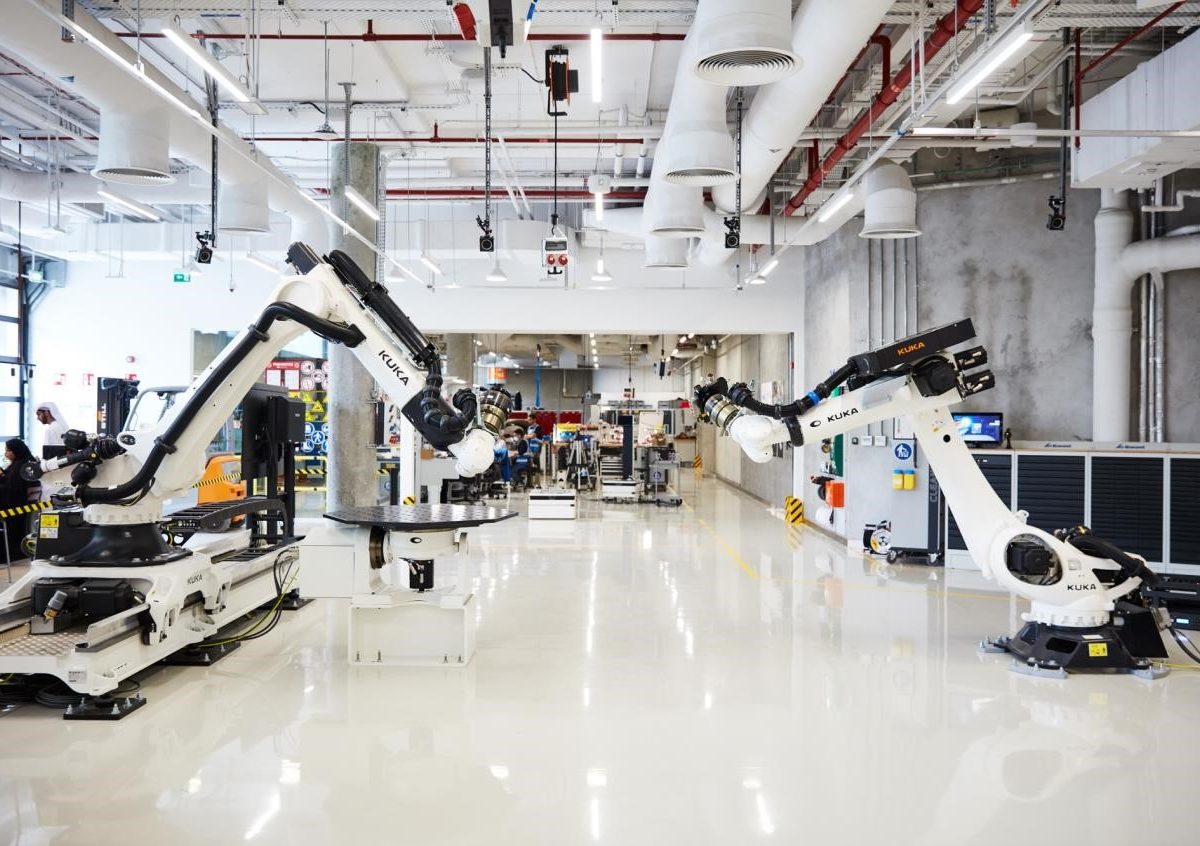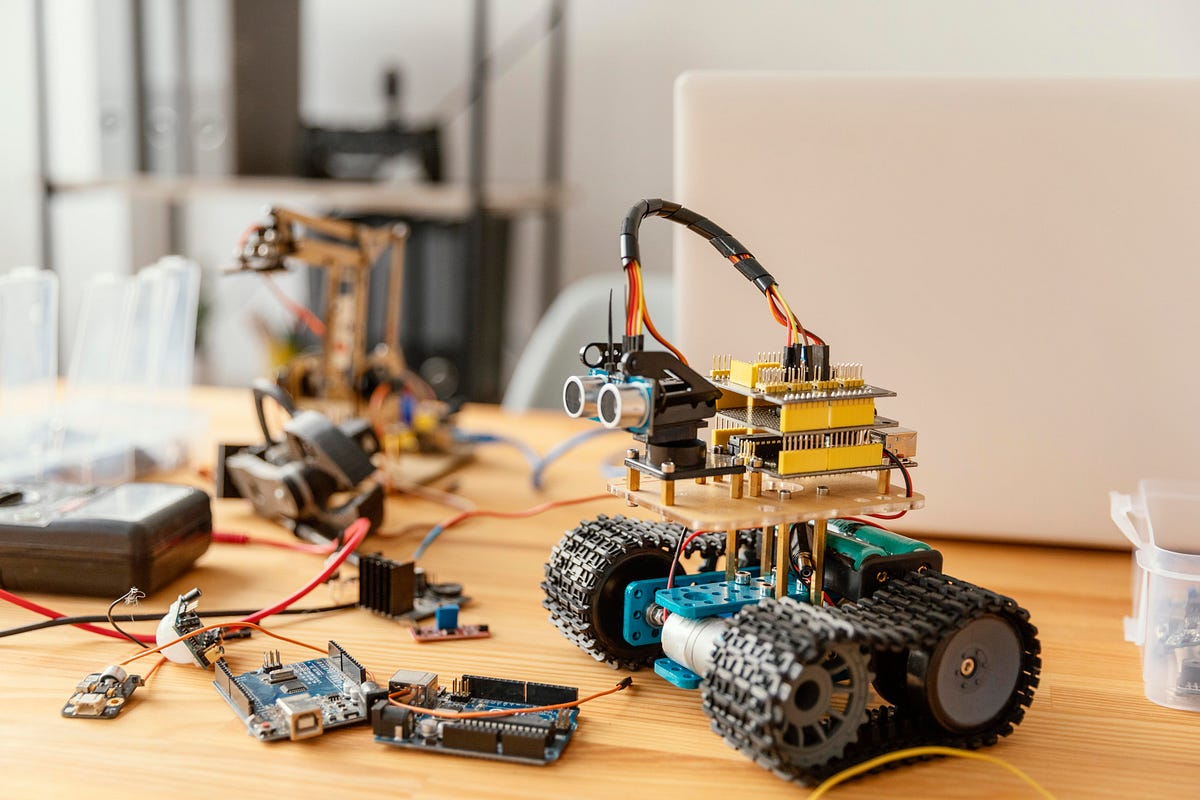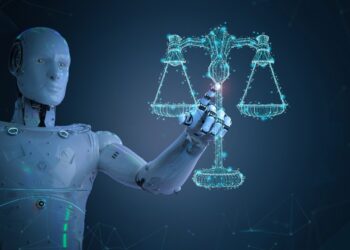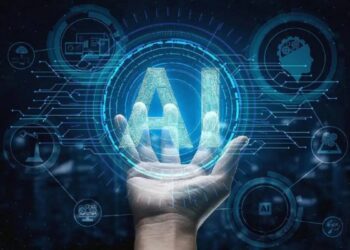For decades, the image of a robot was largely confined to the assembly line: a massive, repetitive machine performing a single, precise task in a highly controlled environment. Science fiction, however, envisioned a far more integrated future—a world where robots were our companions, our assistants, and our colleagues. That future is no longer a distant fantasy. The robotic revolution is now in full swing, and robots are moving from the factory floor into our homes, hospitals, schools, and offices. This comprehensive article delves into the profound impact of robotics in everyday life, exploring the technological innovations that have made this possible, the diverse applications that are already reshaping our daily routines, and the immense opportunities and ethical challenges that lie ahead as we welcome these intelligent machines into our society.
The journey of robotics from industrial workhorse to everyday companion is a story of exponential technological progress. What has made this transition possible is a convergence of several key factors. The cost of advanced sensors, such as cameras and lidar, has plummeted. The processing power of microchips has continued to grow, enabling robots to process complex data and make intelligent decisions in real-time. And perhaps most importantly, the field of artificial intelligence (AI) has advanced to the point where robots can now “see” and “learn” from their environment, adapting to new situations rather than simply following pre-programmed instructions. This fusion of hardware and software is creating a new class of robots that are not just strong and fast, but also smart, safe, and intuitive to interact with.
Today, the presence of robots in our daily lives is far more subtle than a humanoid butler. It is a self-driving vacuum cleaner that navigates our homes, a delivery drone that brings us a package, or an automated robotic arm in a hospital that assists surgeons with unparalleled precision. These are not just gadgets; they are tools that are improving our quality of life, increasing efficiency, and performing tasks that are either too dangerous, too tedious, or too precise for humans. This is more than a technological shift; it is a societal one, where we are beginning to redefine our relationship with machines and the very nature of work and leisure. The robotic revolution is here, and it is reshaping our world, one task at a time.
The Technological Engine

The next generation of robots is a product of a sophisticated and integrated technological ecosystem. Here are the core innovations driving this revolution.
A. Advanced AI and Machine Learning
The brain of a modern robot is powered by artificial intelligence (AI) and machine learning. Early robots could only follow explicit commands. Today’s robots can “learn” from their environment and from human interaction. Through machine learning, a robot can be trained on millions of images to recognize objects, or on vast datasets of movement to learn how to perform a task more efficiently. AI-powered computer vision allows robots to understand their surroundings, identify objects, and navigate safely in a chaotic environment. This is what enables a delivery drone to avoid a tree or a self-driving car to navigate city traffic.
B. Sensor Fusion and Environmental Awareness
For a robot to function in the real world, it needs to be aware of its surroundings. Sensor fusion is the process of combining data from multiple sensors—such as cameras, lidar (light detection and ranging), radar, and ultrasonic sensors—to create a single, comprehensive, and accurate picture of the environment. A camera provides visual data, lidar provides precise depth and distance information, and radar can detect objects through bad weather. By combining these different data streams, a robot can “see” its surroundings with a level of detail and accuracy that often surpasses human perception, enabling it to operate safely and effectively.
C. The Rise of Collaborative Robots (Cobots)
Traditionally, industrial robots were separated from human workers by safety cages. Collaborative robots, or cobots, are a new class of robots designed to work alongside humans. They are equipped with advanced sensors that allow them to detect human presence and automatically slow down or stop to prevent collisions. Cobots are typically used for tasks that are repetitive or physically strenuous, assisting their human partners and freeing them up for more complex and creative work. This is a powerful example of a synergy between man and machine, where the robot augments human ability rather than replacing it.
D. Advanced Materials and Actuators
The “muscles” and “bones” of a modern robot are also undergoing a revolution. Advances in actuators—the motors and mechanisms that produce movement—have made them smaller, more powerful, and more energy-efficient. The use of new lightweight materials and 3D printing has made it possible to build robots that are both strong and agile. Furthermore, the development of “soft robotics,” which uses flexible and deformable materials, is creating robots that are safer to interact with and can perform delicate tasks with a level of dexterity that mimics human hands.
The Applications of Robotics in Modern Life

Robots are no longer just in factories; they are already integrated into our daily lives in a wide range of applications.
A. The Smart Home and Domestic Robotics
In the smart home, robots are taking on the role of personal assistants. The most common example is the robotic vacuum cleaner, which navigates a house and cleans floors autonomously. We are also seeing the rise of robotic lawnmowers, window cleaners, and even robots that can fold laundry or prepare a meal. These devices are designed to take over tedious household chores, freeing up time for family and leisure. The future promises a home where a robot can manage a wide range of tasks, from organizing a pantry to monitoring a home’s security.
B. Healthcare and Medical Robotics
The healthcare industry is a major beneficiary of the robotic revolution. Medical robots are being used in a variety of ways to improve patient care and outcomes. Robotic surgical systems, for example, allow surgeons to perform complex procedures with a level of precision that is impossible with the human hand, leading to smaller incisions, less blood loss, and faster recovery times. We are also seeing the rise of robotic exoskeletons that help patients with mobility issues, and robotic companions that provide comfort and assistance to the elderly.
C. Logistics, Delivery, and Transportation
In logistics and delivery, robots are transforming the supply chain. In warehouses, automated guided vehicles (AGVs) move products, and robotic arms sort packages with incredible speed and accuracy. In the last mile of delivery, we are seeing the rise of autonomous delivery drones and sidewalk robots that can bring groceries or packages directly to our doorstep. The ultimate expression of this is the autonomous vehicle—a car that can drive itself, promising a future of safer, more efficient, and more accessible transportation.
D. Education and Social Interaction
Robots are also being used in education and social interaction. In the classroom, robotic teaching assistants can help students with subjects like coding and mathematics, providing a personalized learning experience. In the social sphere, we are seeing the development of robotic companions that can provide comfort and companionship to lonely individuals or act as an emotional support system for children with social challenges. While these are still early applications, they show the potential of robots to be more than just tools—they can be a part of our social fabric.
The Opportunities and Ethical Challenges
The integration of robots into our lives presents a world of opportunities, but also a host of ethical and societal challenges that we must address.
A. The Transformation of the Workforce
One of the most significant concerns is the impact of robotics on the workforce. As robots become more capable, they will be able to perform a wider range of tasks, from manual labor to data analysis. This will undoubtedly lead to a transformation of jobs, with some roles being automated and new roles being created in the fields of robotics maintenance, programming, and management. The challenge is to prepare the workforce for this future through education and retraining programs that focus on skills that are uniquely human, such as creativity, critical thinking, and emotional intelligence.
B. Safety and Security
As robots become more integrated into our lives, safety and security are paramount. A flaw in an autonomous vehicle’s software could have catastrophic consequences, and a hacked robotic arm in a hospital could be a major threat. We must develop robust safety protocols and security standards to ensure that these devices are safe, reliable, and resistant to malicious attacks. The regulations around robotics will be a critical part of ensuring their successful and safe integration into society.
C. Ethics of Autonomous Decision-Making
When a robot is given the ability to make its own decisions, we enter a complex ethical landscape. For example, in an unavoidable accident, how should an autonomous car be programmed to act? Should it prioritize the life of the occupants, or the pedestrians? These are not simple questions, and the ethics of autonomous decision-making will be a central and ongoing debate. We will need to create clear ethical frameworks that guide the design and programming of these intelligent machines.
D. The Social and Psychological Impact
What will be the long-term social and psychological impact of living alongside robots? Will we become overly reliant on them for daily tasks? Will social robots, which are designed to mimic human interaction, change the way we form relationships and connect with each other? These are new and complex questions that we are only just beginning to explore. We must approach the integration of robots into our social lives with caution and a deep understanding of the potential consequences.
Conclusion
In conclusion, the robotic revolution is no longer a distant vision; it is a present reality that is profoundly reshaping our everyday lives. By moving beyond the industrial factory and into our homes, hospitals, and communities, robots are becoming indispensable tools that are improving our quality of life, increasing efficiency, and pushing the boundaries of what is possible. The technological engine of this revolution—the synergy of advanced AI, sophisticated sensors, and innovative materials—is creating a new class of intelligent and collaborative machines that are designed to work alongside humans.
The applications of robotics are incredibly diverse and exciting, from the convenience of a self-driving vacuum cleaner and the life-saving precision of a surgical robot to the transformative potential of autonomous vehicles and the educational power of robotic tutors. These machines are not just replacing us; they are augmenting us, freeing us from the mundane and the dangerous, and allowing us to focus on the creative, the strategic, and the compassionate aspects of our lives.
However, as we embrace this new era, we must also acknowledge and address the significant challenges that lie ahead. The impact on the workforce, the critical issues of safety and security, and the complex ethics of autonomous decision-making are all central questions that must be answered. The successful integration of robots into society will depend on our ability to create a future where man and machine can coexist and collaborate in a safe, ethical, and productive way. The robotic revolution is not about a world without humans; it is about a world where human potential is unlocked, and the most exciting part of this journey is that we are all a part of it.






